Awesome Experiment Book To Blow Your Kids Mind!
by Lianne King
I remember in the 12th grade, I had a teacher who was really good at teaching physics. He taught us critical thinking skills with hands-on based science experiments. This also meant working as small groups, we bounced ideas and shared knowledge with one another. Sometimes, if the answer wasn’t right, it gave us the chance to think outside the box and be more creative. Today, classrooms are filled with digital technology which has significantly affected the way our children are learning and interacting hands-on learning through technology and physical equipment, such as those provided in Ted’s science experiments are being a new revolution. For your child, the level of engagement in their own learning and their personal investment in learning is what they’ll be able to take back out. The problem with technology is that the level of information children get doesn’t necessarily allow them to analyse and process the information compared to a more hands-on approach, so it is right to suggest that Interactive learning has distinctive advantages in comparison to digital information and books – but both ideally go hand-in-hand.
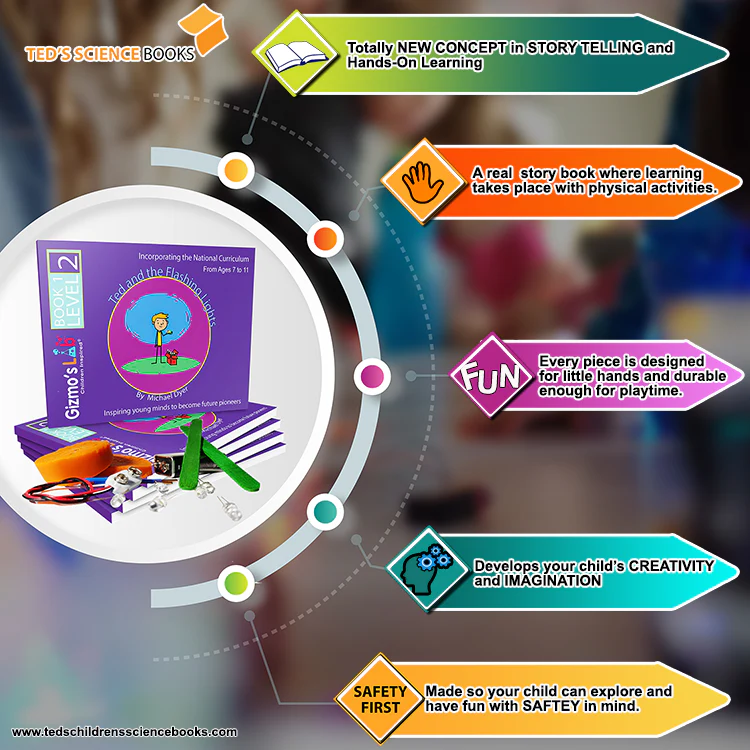
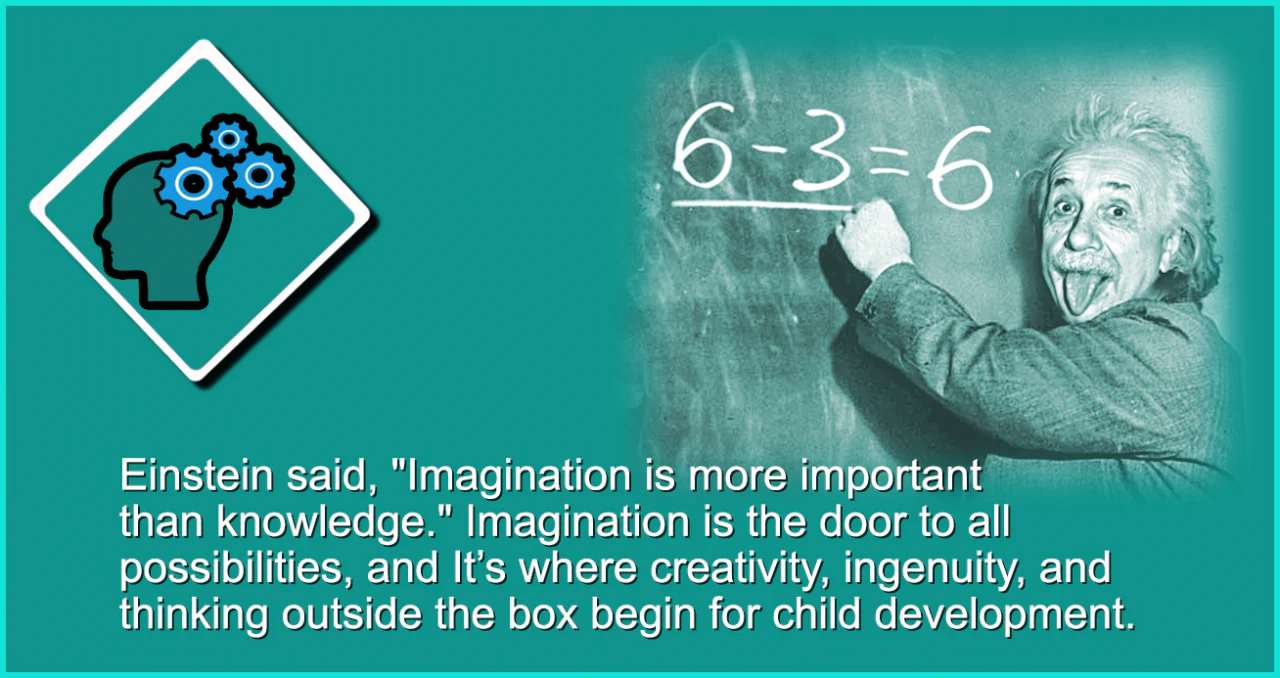
“As children use their imagination, they develop important psychological and emotional skills that help them better understand the world around them and their relation to it. Problem-solving, creating new ideas and possibilities, which you and I may not have thought of.”
Now, as a teacher, when you get the ‘I’ve got it moment’ from a child, it’s breath-taking. You can almost see their minds go into deep thought with their micro differential ‘gears’ moving inside their heads, their eyes light up and that’s what makes interactive hands-on learning an amazing way of educating your and our children. With Ted’s science books, ‘Ted and the Flashing lights’, for example – your child is actually experiencing, touch, imagination and visualising. The feeling of touch enables them to become better thinkers in both an analogue and digital manipulative. The entire interaction allows your child to imprint their mind to develop a better memory with an equally better understanding. You as a parent or teacher will see just how these books will guide the children through the school curriculum or home allowing them to expand from their prior knowledge or sit in experimental groups and shape their own inquiries around the story itself. It’s about allowing your child to build a higher level of creativity, become “flexible thinkers” and to think in a totally different perspective. Getting kids to pick up science know-how, right from the primary level, will only lead them to a higher level of education.
“Reading and storytelling promote your child’s brain development alongside a better imagination.”
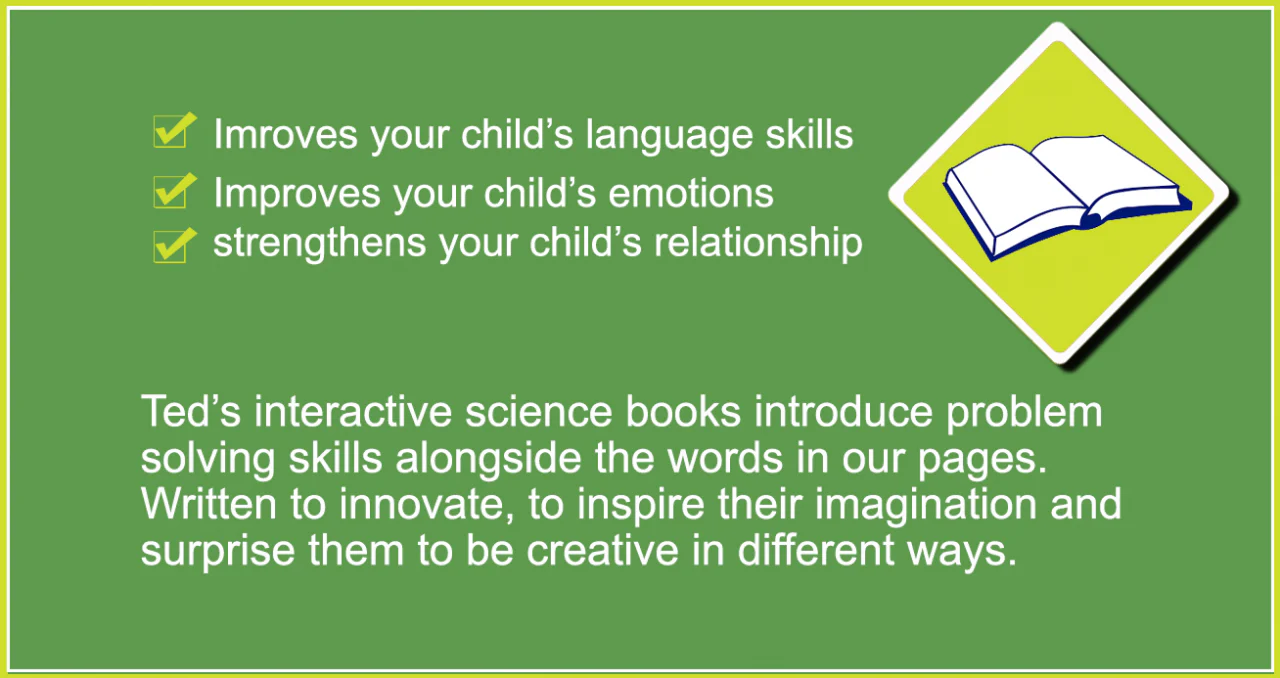
We all love reading story books. It gives us the chance to escape from our own lives, maybe reflect upon what we have, or learn something new. As a child, kids’ books provided me the chance to escape and gravitate into another world and to become one of the characters. Kids are exactly the same, but more inquisitive and imaginative. One thing quite familiar to me, when I’d take my boy to the local book shop, he’d search for picture books more over chapter books. This questioned me, why? Maybe, chapter books are written at a higher level with complex plots? Looking into picture books however, you can see that the illustrations may help them better understand the story, stimulate their imagination and help them figure out what they are actually reading. For a child picture books are easier for them to predict what following plots may occur. Taking these points into account, with “Ted’s Children’s science books” for example, we wanted to provide your kids with a real life story of little Ted and his journey of challenges and failures, making new friends, learning and building his own confidence through love and “reaching out.” Ted’s true story books are written with ‘Ted’ in mind. His true life story, his journey – so your kids can appreciate and further develop a better hands-on approach to practical science alongside a true story of
When purchasing a science kit for your child, do you consider mostly the level of interaction between you and them OR just allow them to play on their own?
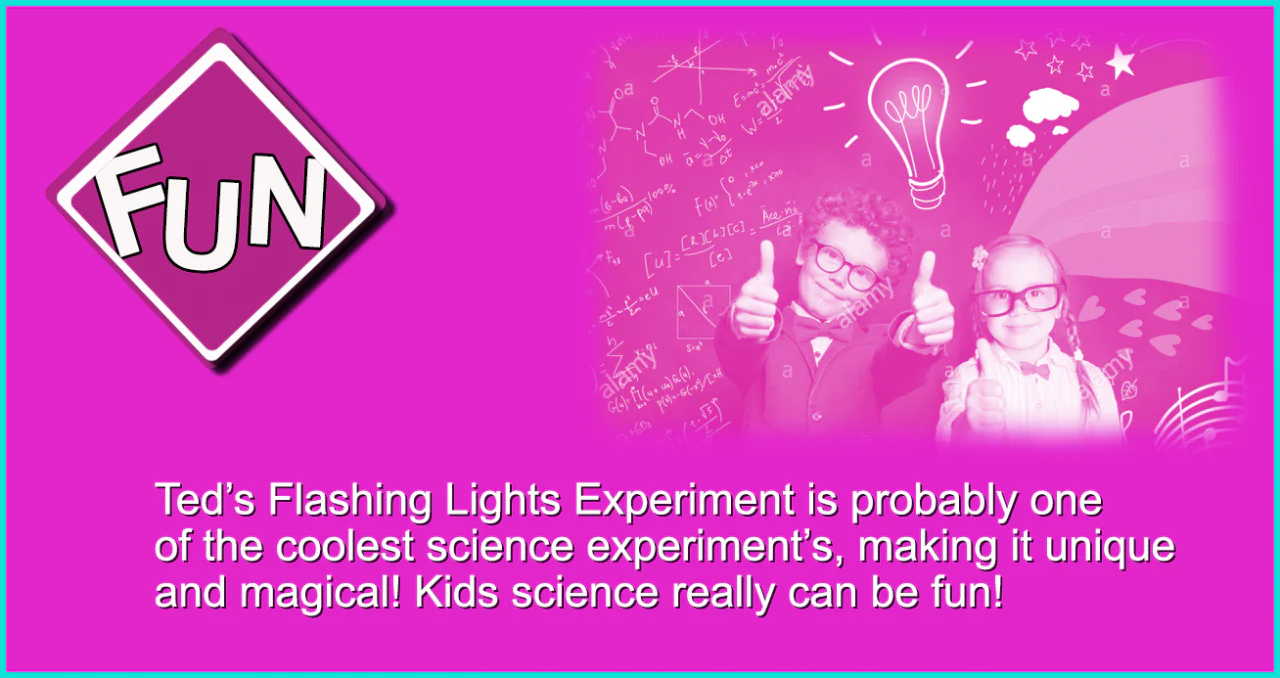
“Illustrated children’s storybooks really help reluctant children develop a better understanding of the plot and enhance their imagination to the next level.” Now imagine your child or classroom children follow the journey of Ted; a true storybook that doesn’t just allow your child to be fascinated by his adventures, but to also build the experiments alongside his story. It’s like you’re also there!”
Studies (Ref: 1*) have shown that engaging in creative/thought provoking activities engages more functional regions of the brain when compared to brainstorming/ memory recall tasks. This fMRI (functional magnetic resonance image) scan shows areas of increased blood flow, and therefore activity when engaging in practical based learning. If we implement this into our product, ‘Ted and the Flashing Lights’ for example, by teaching using practical learning tasks which promote imagination and creativity we can improve the efficiency of learning.
Ref 1: Neural Correlates of Creative Writing: An fMRI Study Carolin Shah,1 Katharina Erhard,1 Hanns-Josef Ortheil,2 Evangelia Kaza,1Christof Kessler,3 and Martin Lotze1)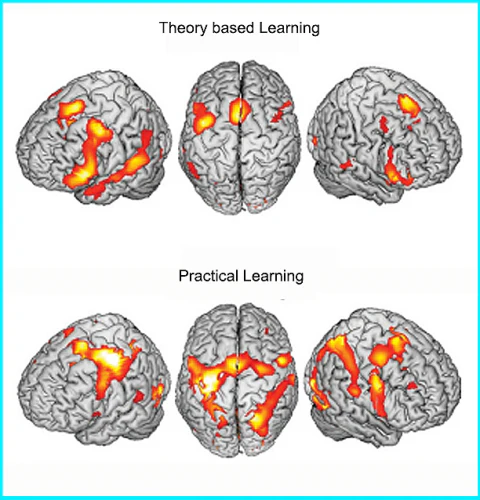
Hat’s off to my science teacher! He had amazing skills in bringing science to life, by simply making it fun! We loved Michael Dyer; and it didn’t matter if he’d make a clown out of himself, pushing and pulling doors to explain Newtonian forces, Stephan’s constants, electromagnetic experiments to thermo-kinetics ; he just had this ‘knack’ of making science a lot more interesting. I don’t think there was single person in our physics class who didn’t pass with a higher education without Michael. I clearly understood his ‘style’ and at that time, it was fresh and extremely unique, because he taught hands-on physics with passion, and that transcended into each and every one of us. Very often I’d hear parents say that science, for them when they were young was boring, dull and uninteresting. They’d wait until the year was over, and tossed their books to never think about it again! Their lives panned out into something other than science, and that to me is a great shame. Science is not boring, in fact, it’s fascinating. If we can make science interesting, just like Michael, by introducing fun, then science will be the most popular subject! For me, learning science in an interactive science in an interactive way allowed it to be more fun which ultimately allowed me to learn more. I was having “fun” and learning the subject in a fun way which was the key to making any science subject, more fun to learn – simply learning more. Teds Science Books are written with colourful illustrations and engaging texts, with Michael in mind. His unique style can help your child get started, understand keywords, and really get into hands-on science experiments, making science fun! His books open your kid’s imagination to the scope of the world and allow them to explore. We love Michael and Ted, and I’m pretty sure you love your kids just as much. If this is the case, buy the book, buy the kit – it’s an investment in their future, as well as yours!